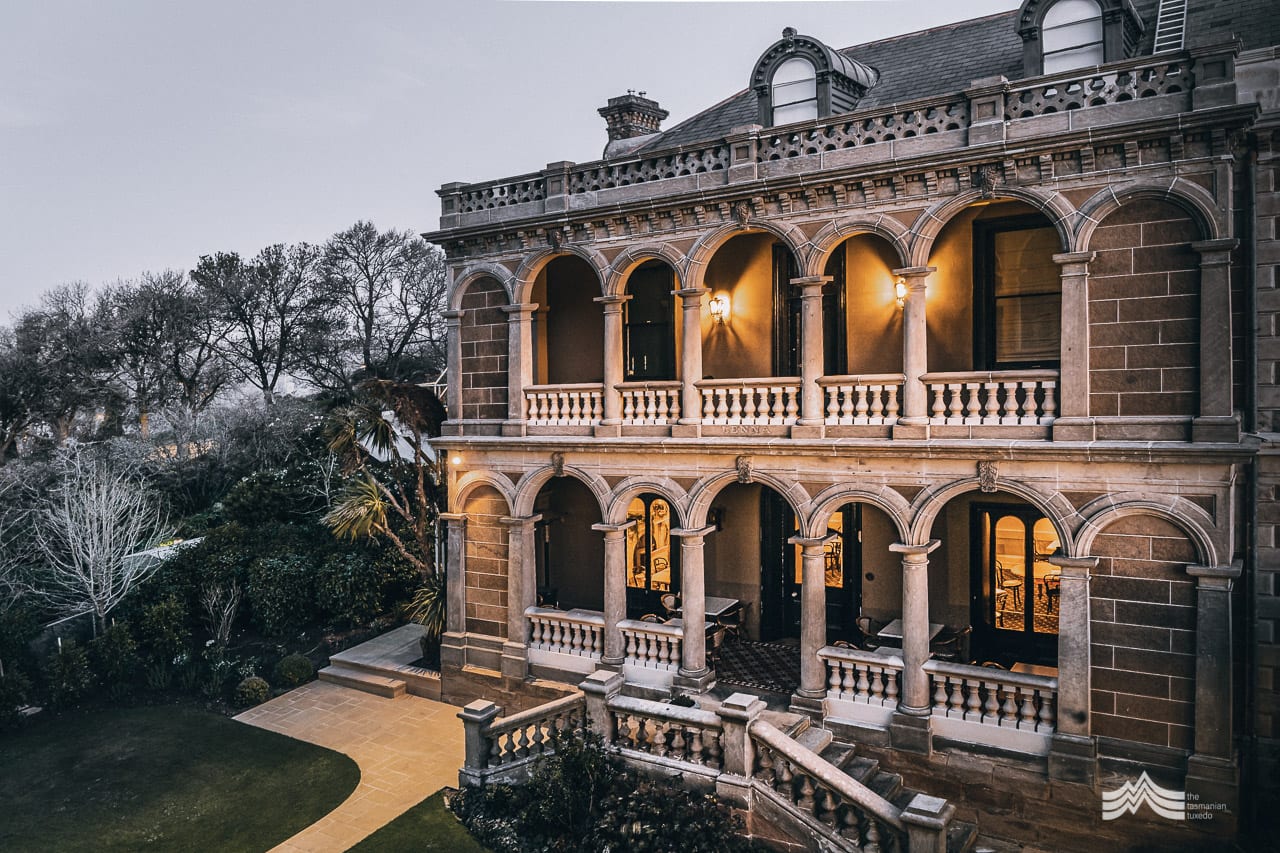Alexander McGregor arrived in Hobart Town during the summer of 1831. He was a wee Scottish lad all of 10 years old. As the Dunmore docked at one of Australia’s finest deepwater ports, this bright-eyed boy was thrust into the heart of a burgeoning whaling industry. Hobart was home to shipwrights, sailmakers, ship chandlers and blacksmiths all dependent on the spoils from the sea. McGregor may have noted that the township before him resembled a sprawling country village and was perhaps drawn to the handsome two story residences lining Macquarie Street.
With their three sons in tow, the McGregor family made their home in a cottage in Bathurst Street. As the boys grew, they each served their time as apprentices under local shipwright John Watson. When they began building their own small boats Alexander’s interest in sailing soon became clear. By 1855 this master shipbuilder had acquired the Domain shipyard, later selling it on to brother John who had been his foreman. The McGregors came to possess the largest individually owned fleet south of the equator.
Lieutenant Alexander McGregor married Harriet Bayley in 1847. His wife’s brothers were engaged in the whaling trade and Alexander also bought a share in their venture, acquiring eight whaling ships by 1857. His business acumen saw Alexander purchase additional ships for exporting whale oil, bluegum timber, wool and other sought after commodities of the era. The McGregor fleet became well known in every Australian port, easily identified by its bright blue and white gridiron flag. Business flourished.
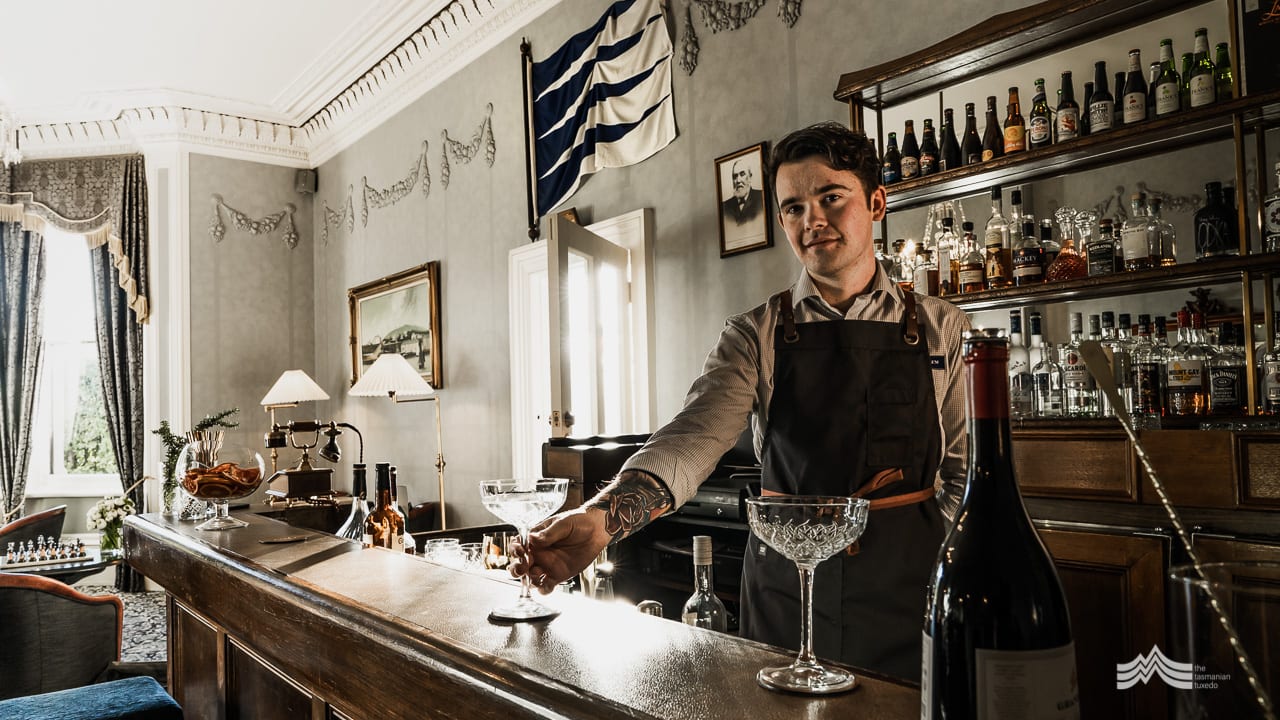
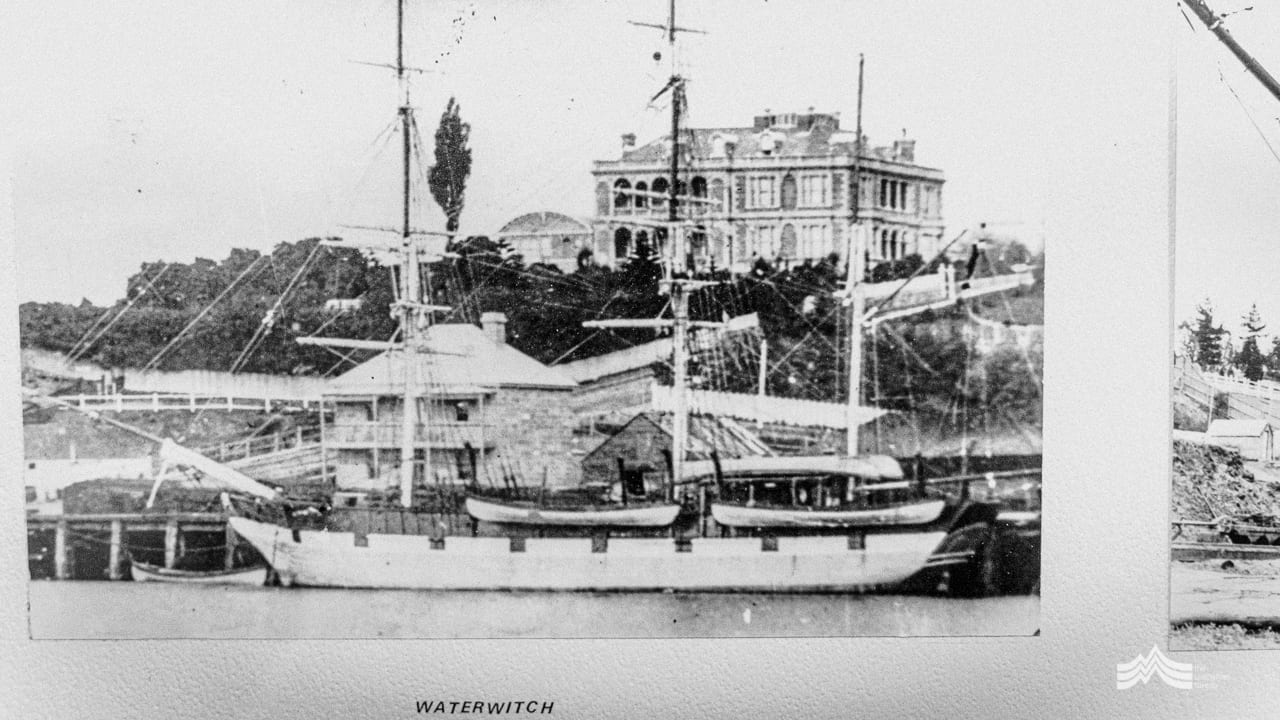

The Harriet McGregor had the reputation for being the fastest clipper barque for her size in the world and was well noted for her speedy passage on the Hobart to London run. As she arrived in the River Thames in 1871 carrying wool, sperm whale oil, bark, leather and the like, she was celebrated as a ‘splendid piece of architecture’.
McGregor purchased Bayley Cottage in Hobart from Harriet’s brother. It offered convenient proximity to the nearby port and its elevated position fittingly reflected his growing wealth. Sited on the lofty hillside adjacent to bustling Salamanca Place amidst grass that tumbled all the way to the water’s edge, it was – and still is to this day – one of the city’s most superior locations. Bayley Cottage became the foundation around which his mansion, Lenna, was built.
Picking up the story are current owners Jan and Lloyd Clark. These stalwarts of Tasmanian tourism have been the quiet custodians of Lenna for the past 36 years. “Harriet and Alexander McGregor built Lenna between 1874 and 1880,” explains Lloyd. “Sandstone was carefully cut from nearby Princes Park and meticulous craftmanship transformed it into this glorious example of Italian Renaissance architecture. I still marvel at it almost every day.”
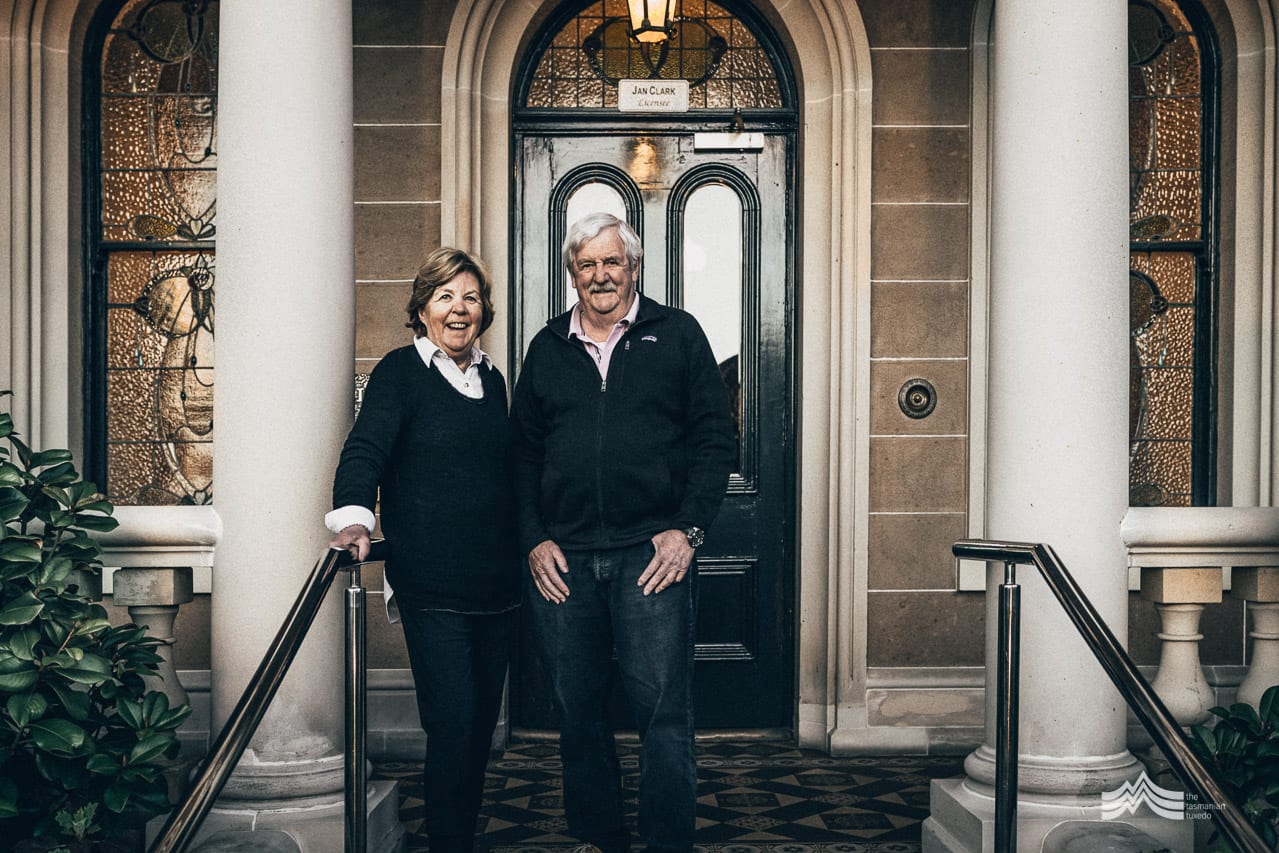
Contemporary tradesmen continue to admire Lenna’s extraordinary attention to detail. “The workmanship is accurate down to the last millimetre,” continues Lloyd. “And when you realise it was all done by hand, or very modest machinery, it becomes even more impressive. From the ornate sandstone arches and balustrading through to the hand-laid decorative tiles on the terrace, it’s simply striking in its grandeur.”
Reclining in the Chandelier Lounge Bar, complete with an authentic McGregor flag gracing the entrance, the Clarks warmly share tales of Lenna’s intriguing past. “For decades Lenna was the place to be seen in Hobart,” smiles Jan. “It was a private residence for over a century and socialites would gather at the invitation of the McGregors – or Lenna’s subsequent owner Sir Alfred Ashbolt – for decadent parties and weddings. One can only imagine the frocks required for such grand occasions. The original gas-lit crystal chandelier that hangs above us today has no doubt witnessed some wonderfully grandiose events.”
“We’ve bought and sold a number of hotels in our time,” explains Lloyd. “But nothing compares to this one. Lenna is certainly unique and is a very special part of Hobart’s history. You can build as many new hotels as you like but you can never, ever recreate this.”
Delving into the Clark’s world is almost as fascinating as Lenna itself. Jan reveals the couple unwittingly began their journey together within the hotel’s walls some four decades ago. “We actually stayed here the night after our wedding,” she laughs. “Little did we know what this place had in store for us.”
The Clarks foray into Tasmanian tourism began early in the 1970s. “We both loved travelling and spent time all over Europe when we were young,” begins Lloyd, reclining fireside with a generous glass of crisp local white in hand. “Campervans, car rentals, coaches, tours…you name it, I had a go at everything. When we returned back home to Hobart we bought with us a solid grounding in the industry. It’s a passion that’s never wavered.”
Lloyd and Jan recount busy times managing a property portfolio of multiple hotels across the island state. “We began with a business partner, and then came into our own,” Lloyd describes. “From Queenstown on the west coast, to downtown Launceston, to properties by the beach here in the south, we’ve done it all. Over time, we’ve sold them all except the gem that is Lenna.”
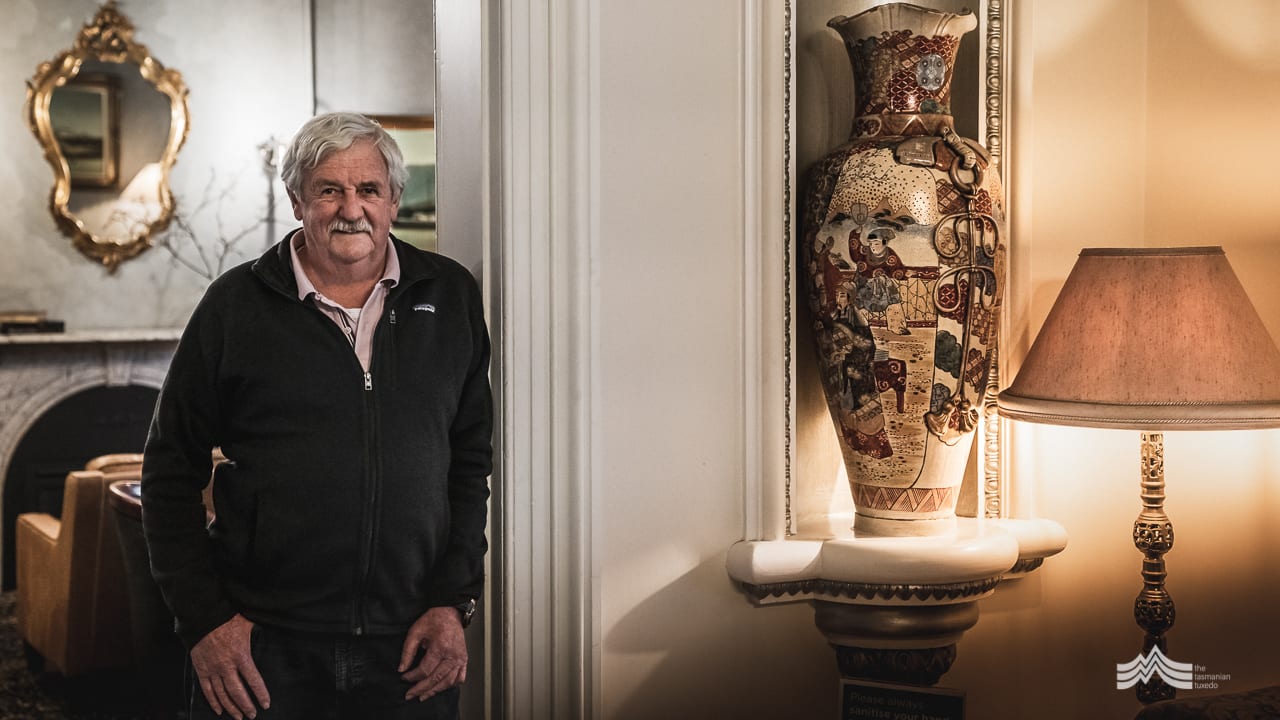
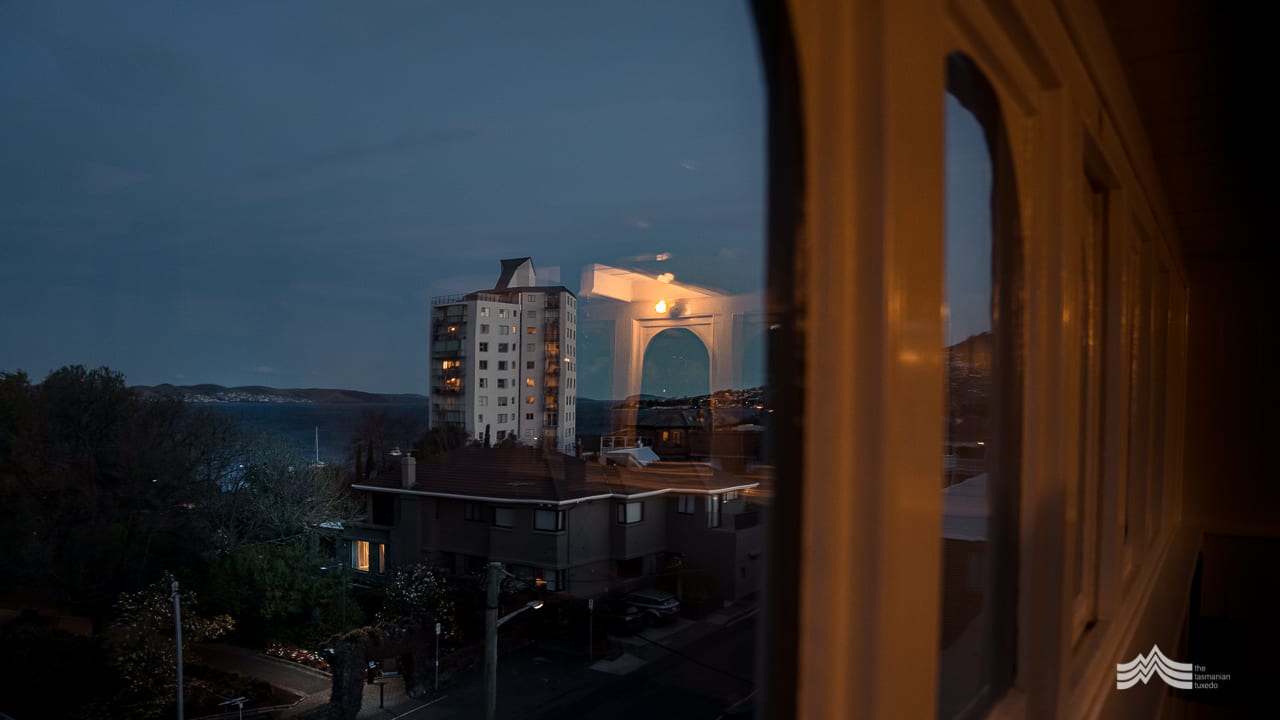
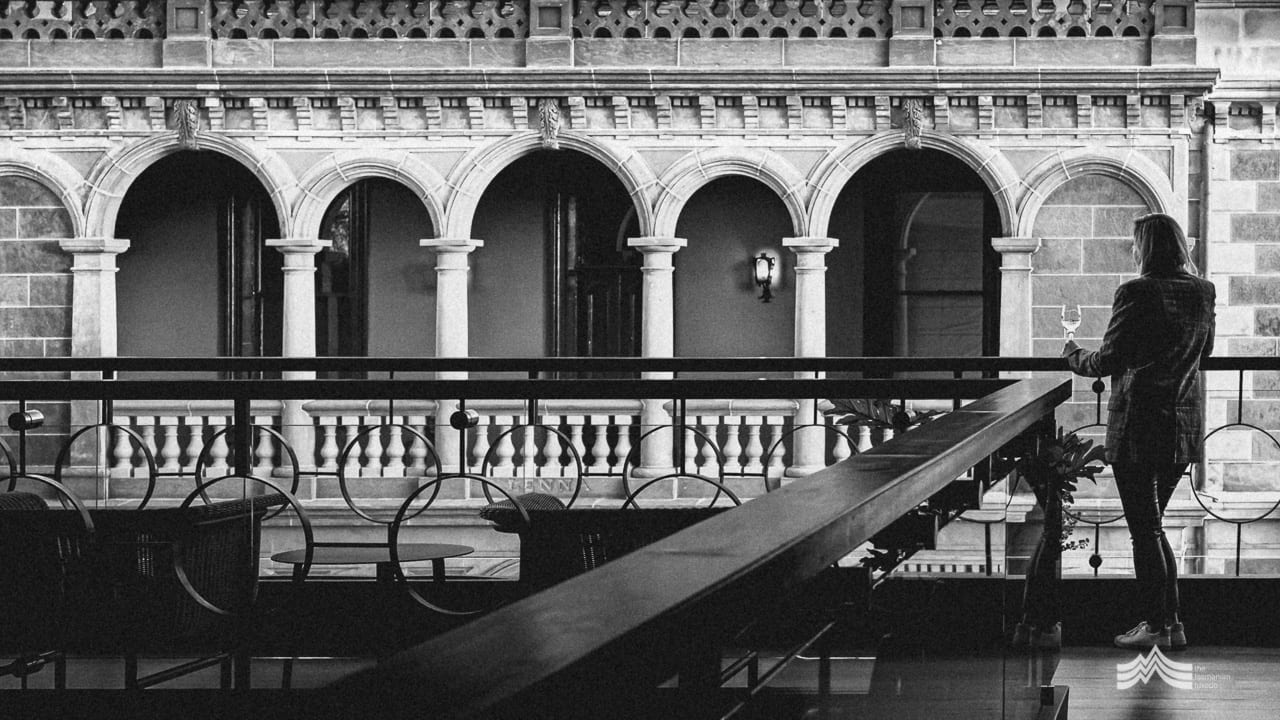
Hands on but unassuming in their management style, the Clarks oversee a busy staff of over 40 employees. “We are rarely customer facing now,” says Jan. “We leave the staff to deal with the day to day, but the upkeep here is tremendous. The sheer heritage of such an iconic building means that there is ongoing maintenance of epic proportions. What may go unnoticed by guests…seemingly simple things like replacing the electrical switchboards… are often very complicated and expensive tasks. Throw in things like repointing stonework that is well over a century old and you get the idea.”
Exuding a genuine warmth, the Clarks are typical Tasmanians. Unassuming, friendly and humble. Despite their longstanding contribution to local tourism – Lloyd was a mainstay of Tassie’s international tourism efforts for many years, travelling regularly to help put the state on the boutique destination map – it’s clear they prefer life away from the spotlight.
The Clarks have invested significantly in Lenna’s upkeep. “Aside from the original building, we also have the accommodation wing that was built onsite in the seventies. One of our biggest investments was stripping those rooms back to their bare bones about eight years ago,” explains Lloyd. “We completed it over two to three winters and were careful to provide for modern travellers whilst preserving the era that makes the place so special. The work here in the original building is never-ending too…I love the fact that the old telephone system here still works perfectly and that the servants bell system still lurks within the wall cavities.”
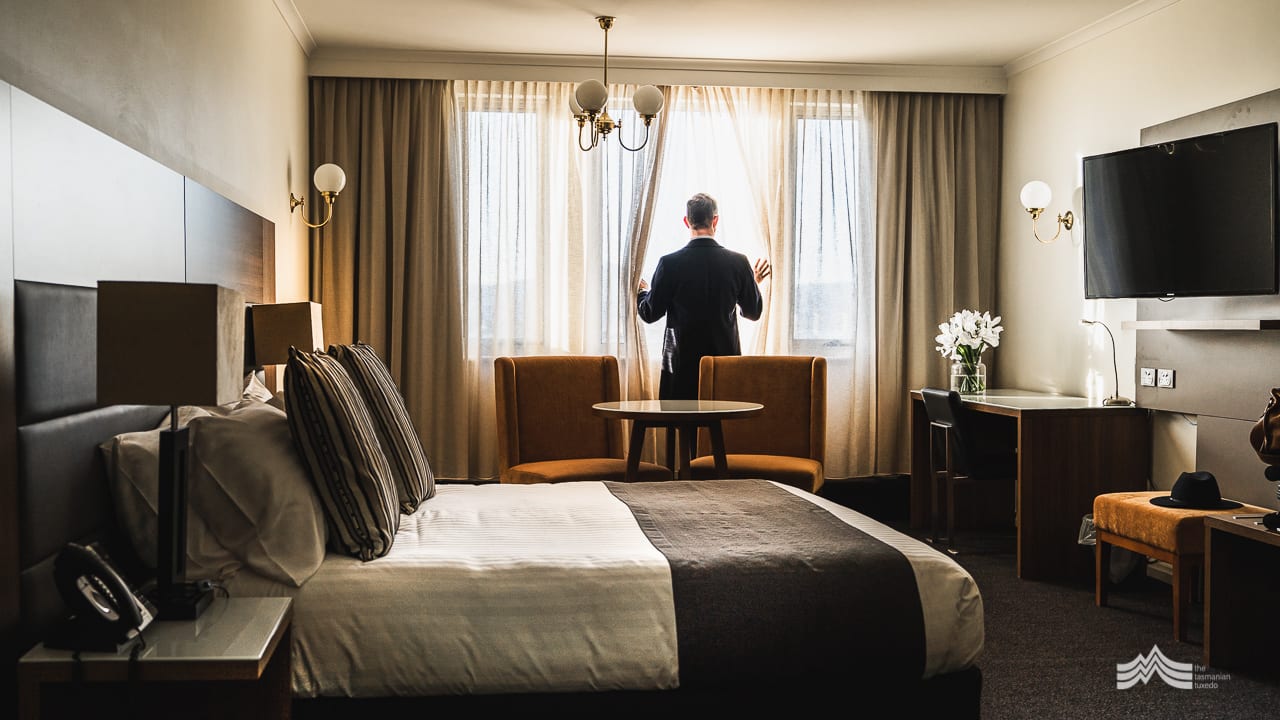

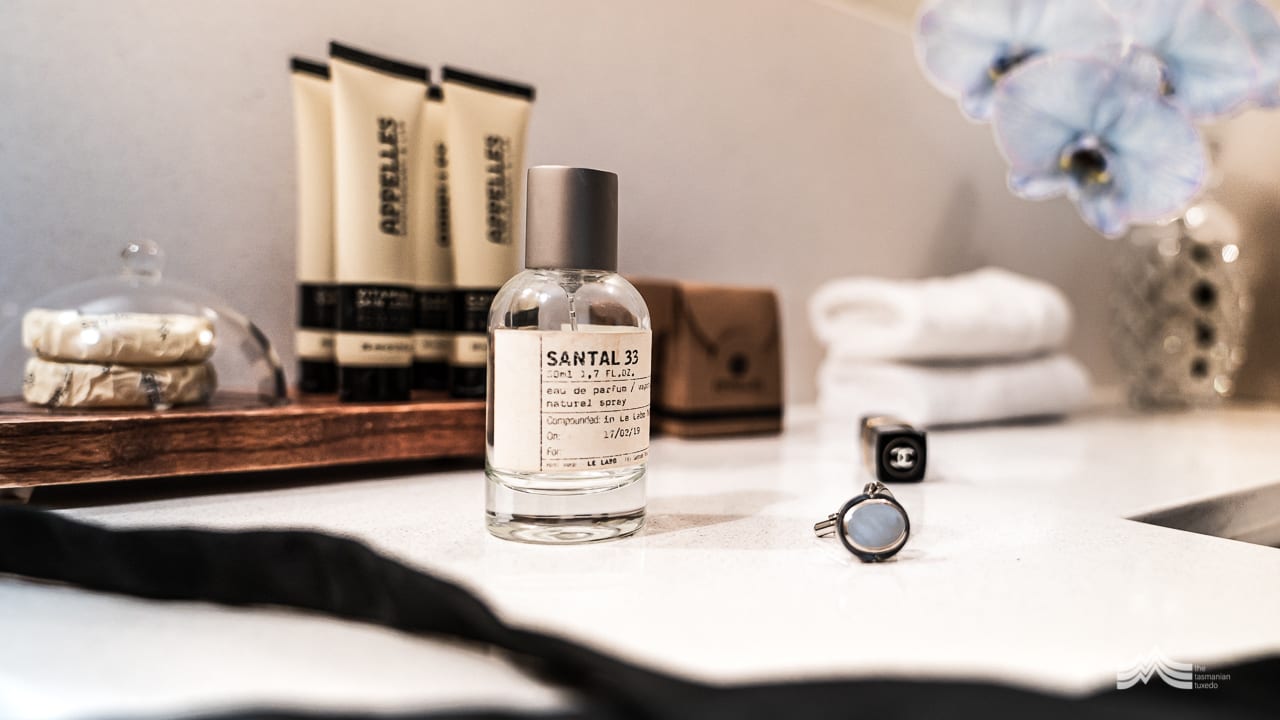
Lenna breathes grandeur. From detailed ceiling roses and rich stain glass windows to the thickest of stone walls and luxurious velvet-lined doors, a distinguished grace hangs in the air. The main staircase remains resplendent in its elegance, noted for its intricate wrought iron cast at a nearby Battery Point foundry, and imposing timber balustrade said to have been shipped all the way from London. Snippets of ostentatious original wallpapers have been preserved and artwork celebrating the home’s previous inhabitants abounds. Old photographs ably keep the McGregor legacy alive.
Lenna’s gardens are another cause for celebration. “We replanted and reshaped them about four years ago,” explains Jan. “They are really coming into their own right now with many of the plants maturing. We have many guests comment on them and I’m so glad we redesigned them with respect to what once stood here many years ago. Gardens have always been defining for Lenna and the original water fountain remains a glorious feature.”
The heart of Lenna is undoubtedly the widows walk. Perched high above Hobart’s skyline, and requiring a sharp ascent up a timber ladder, one can climb the original rungs to the lookout where McGregor kept vigil with his telescope. “When his ships were 80 days out of London, he’d start keeping watch on the channel,” describes Lloyd. “This view helped make him a wealthy man as he could spot the marine board’s flags at Mount Nelson that signalled each ship’s origin. If it was a trader, he’d send his waterman at once to the cargo. This intelligence helped him in becoming a very prosperous merchant.”
“Lenna provided the McGregors with a commanding 360 degree view of Hobart Town and also a clear line of sight down the length of the River Derwent,” continues Jan. “Guests often report that they can feel the widows walk swaying in the wind. It’s also rumoured that Alexander’s footsteps can be heard in the hallways below and that Harriet herself paces the widow’s walk. Alexander passed away in his bedroom here at Lenna in 1875, and it is rumoured that Harriet committed suicide by jumping from the building’s heights, however reports of this remain unsubstantiated to this very day.”
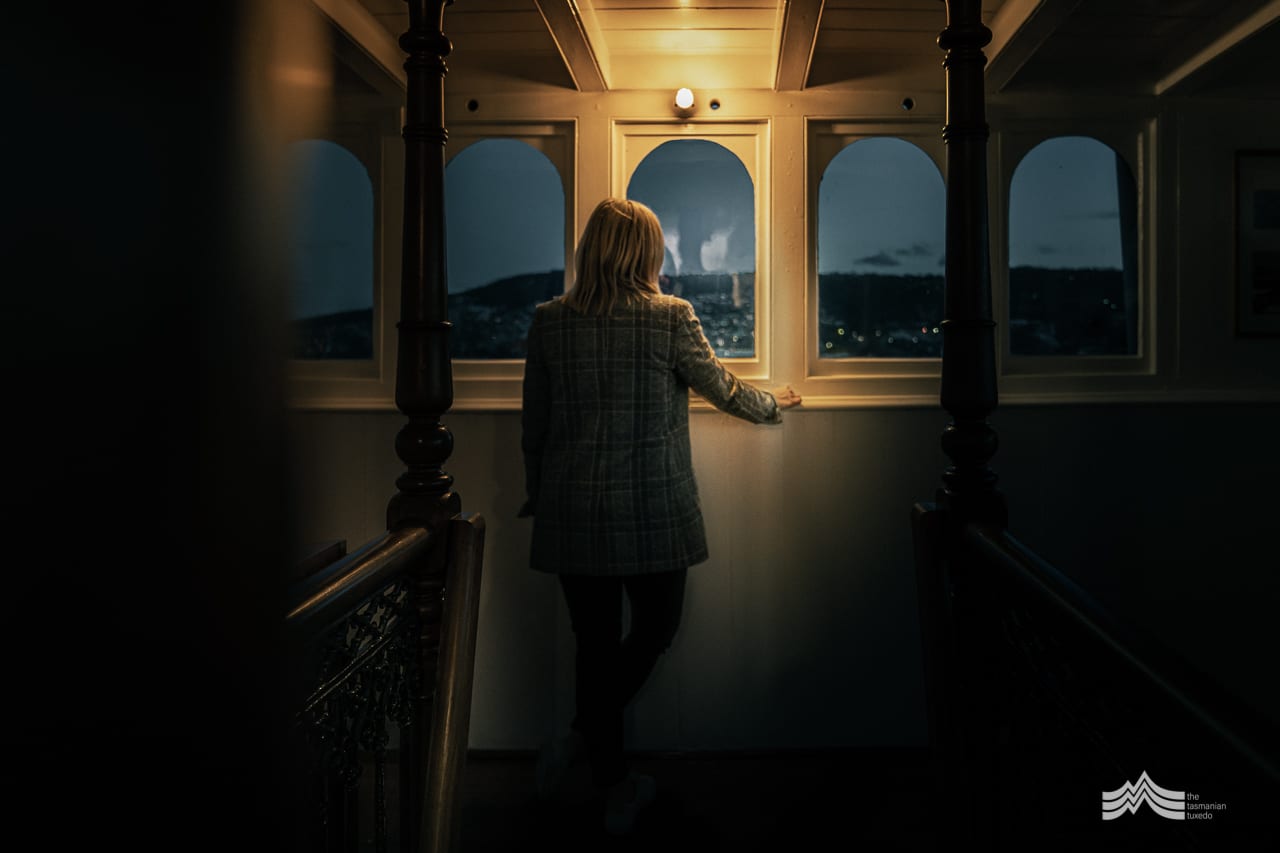
Lloyd and Jan have welcomed an array of guests to Lenna over the past three decades. “Lenna opened in the mid-seventies and we took over in the mid-eighties,” says Lloyd. “Wrest Point had also burst onto the local scene, the first legal casino in the country. Alexander’s Restaurant here on site became an icon for silver service in Tasmania and saw us welcome all manner of high profile guests. Robert Plant from Led Zeppelin was a highlight, as were members of the Walmart family, oil barons from the UAE and Prince Frederick and his entourage. In more recent years, Judy Nunn has stayed regularly in our penthouse as she penned her well known novel set in Tasmania, Tiger Men.”
Delightfully, a connection with Clan McGregor still prevails at Lenna. “In 2016 the head of the clan came to stay with us,” recounts Lloyd. “It was a pleasure to show him around and recount Alexander’s history together. Later that year Jan and I went to Scotland and were warmly welcomed into their home. It has been special to keep that connection alive.”
Interestingly, Lenna is the Tasmanian Aboriginal word for ‘house’ or hut’. It remains unclear exactly how Lenna was bestowed her name and if indeed she hides a connection to the local Aboriginal community.
Since 2007, two magnificent rooftop penthouses have crowned Lenna’s accommodation wing, both offering breathtaking views of the city and Derwent estuary stretched below. Full length windows capture the majestic view beyond whilst contemporary art strikes a comfortable balance with historical whispers within. Initially built to house the Clark family, this humble couple found they preferred solace in the quiet life offsite, hence leaving their masterpieces in the sky for guests to enjoy.
In true McGregor spirit, the Clarks business interests have diversified further in recent years. Battery Point Distillery was founded in 2018 – a boutique enterprise championing the flavours of Tasmania. ‘House of Lenna’ gin has proven a popular offering, a blend handcrafted by head distiller Jack Lark – son of the godfather of Tassie gin, Bill Lark. Straight from the House of Lenna copper pot, this unique drop is a classic dry gin with a careful balance of hand selected botanicals including Tasmanian pepperberries and local sea salt.
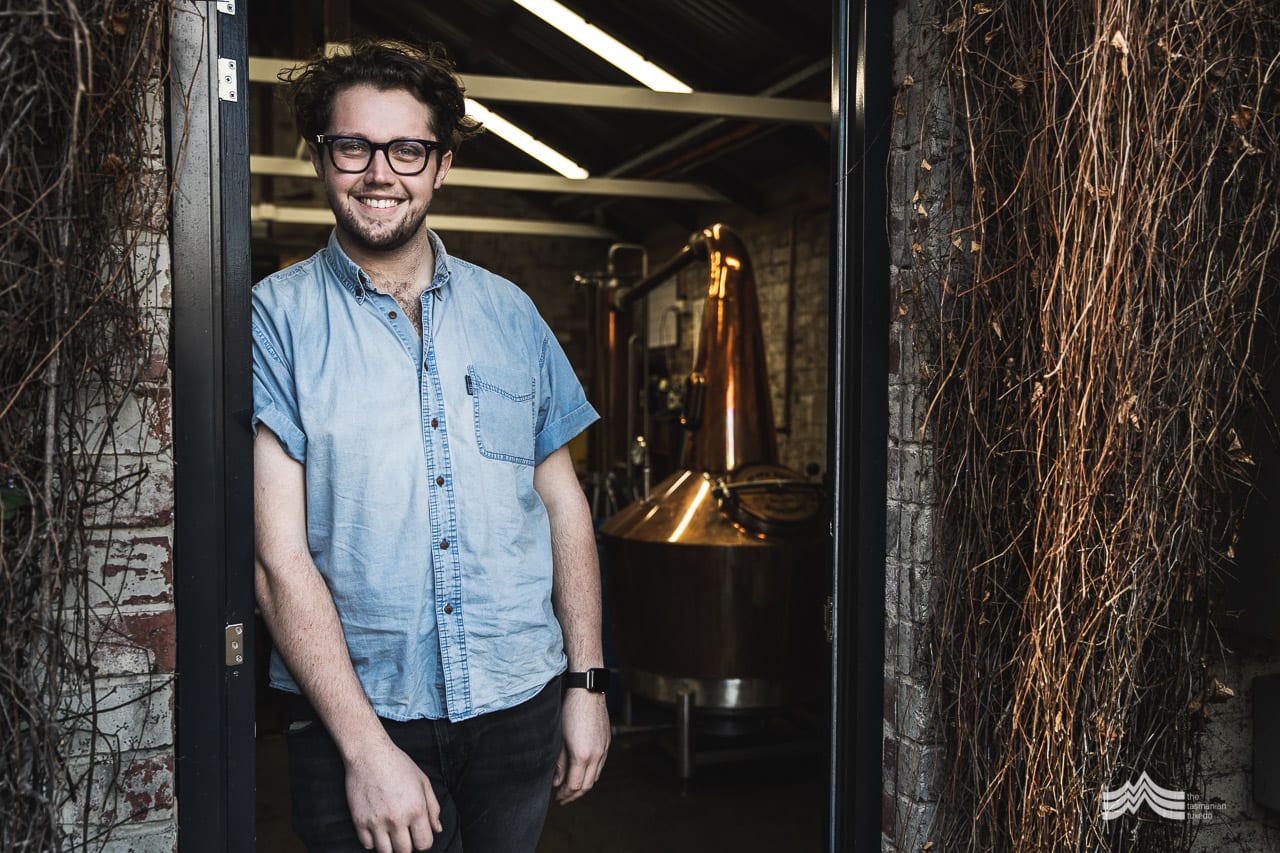
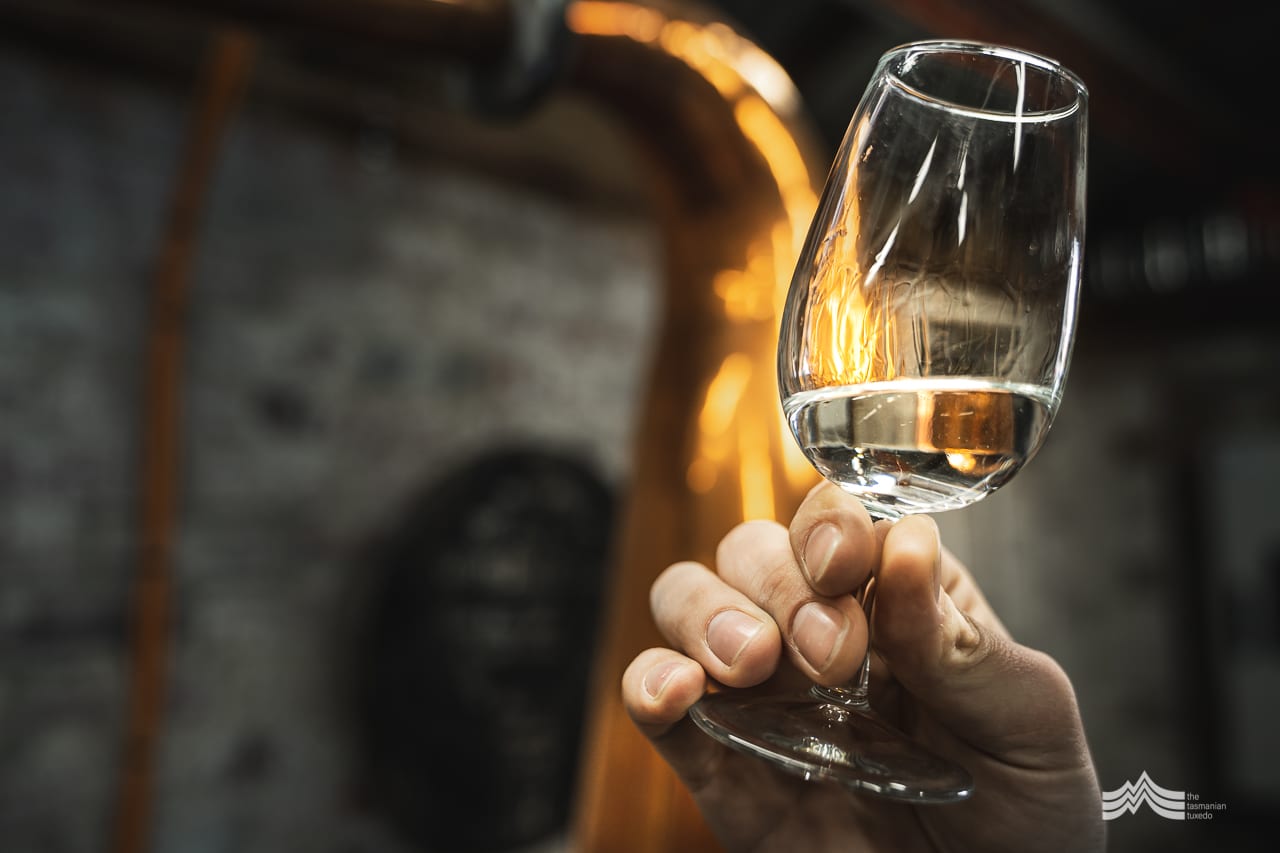

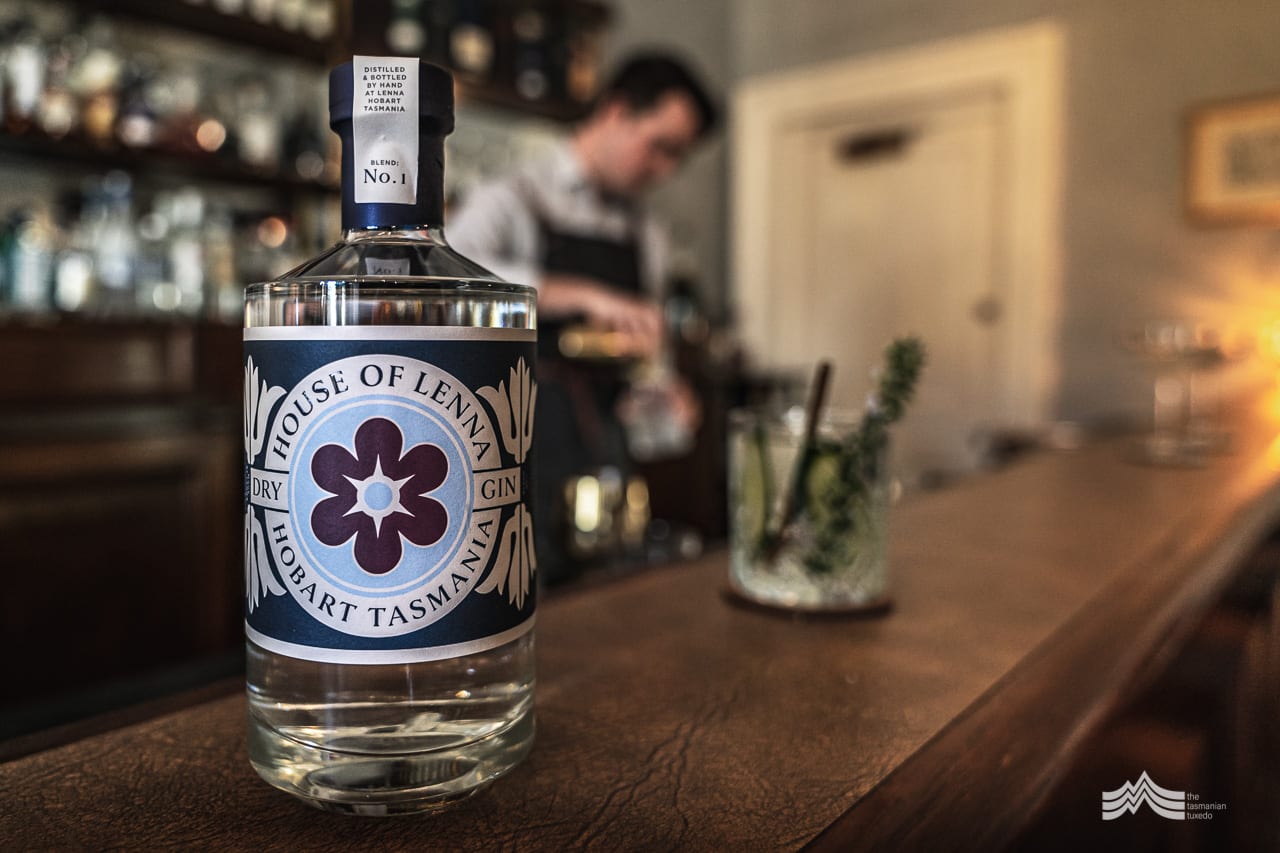
“It’s not a bad drop to enjoy as the sun goes down here,” smiles Lloyd. “Lenna is magic at night and after dark the lighting really showcases her ornate features. You can sit on the terrace and run your feet over the original tiles McGregor used to wander over. If you’re on the ball, you’ll even notice the label on our gin is designed around those tiles. We’ve celebrated that very same pattern on our label to purposefully pay homage to Lenna’s rich heritage.”
The Clarks hint that there’s more to come from Battery Point Distillery. A whiskey is sitting in the wings. No doubt a drop reminiscent of something Alexander himself would have enjoyed late at night whilst sitting by the fire. Book in for a stay in 2021 and you might be one of the first guests to sample a drop curled up in a comfy leather chair alongside McGregor’s original bookshelf. The striking original timber cabinet once housed the log books of the McGregor fleet, with individual alcoves still bearing ageing golden plaques adorned with the names of the fleet’s finest ships. Run your finger along the dusty shelves and be transported back in time.
Like everyone in hospitality, the shockwaves of COVID-19 have reverberated through Lenna. “We were closed for three months earlier this year and that was very difficult,” says Lloyd quietly. “We really wanted to open again and have people back in the building. Things can get pretty cold and lonely around here by yourself and I desperately wanted to welcome our staff back to work too. We’ve remained positive and took the closure as opportunity to get some additional work done on site – there are always jobs that are difficult to complete when guests are staying. The place is looking tremendous right now…both the house and the gardens. We have everything crossed that we won’t need to close again.”
Today this gracefully restored mansion wraps guests gracefully in her National Trust-classified walls. She is a celebrated member of the Tasmanian Heritage Register and a fine example of early colonial architecture. The delicate preservation work of the Clarks means that visitors can delight in whispers from the past while enjoying generous contemporary luxuries. “Almost 150 years after she was built, Lenna’s location remains one of Hobart’s most enviable,” says Lloyd. “She is certainly something very special indeed.”

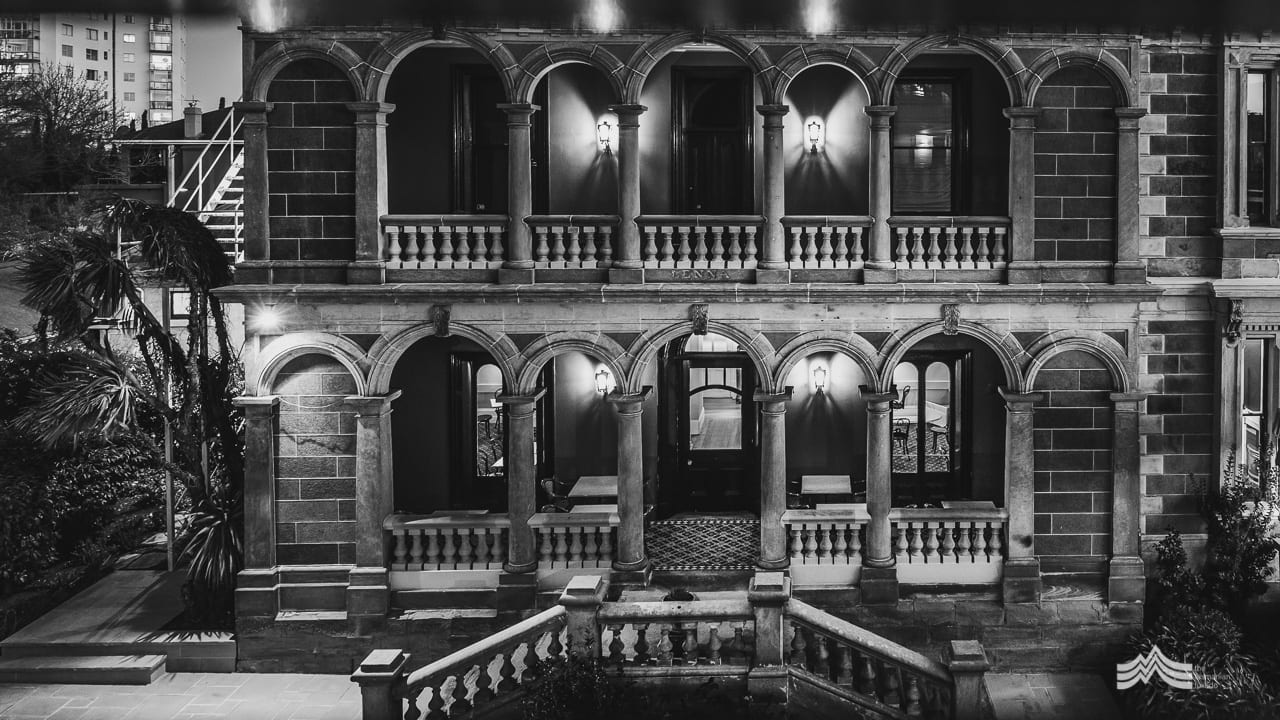
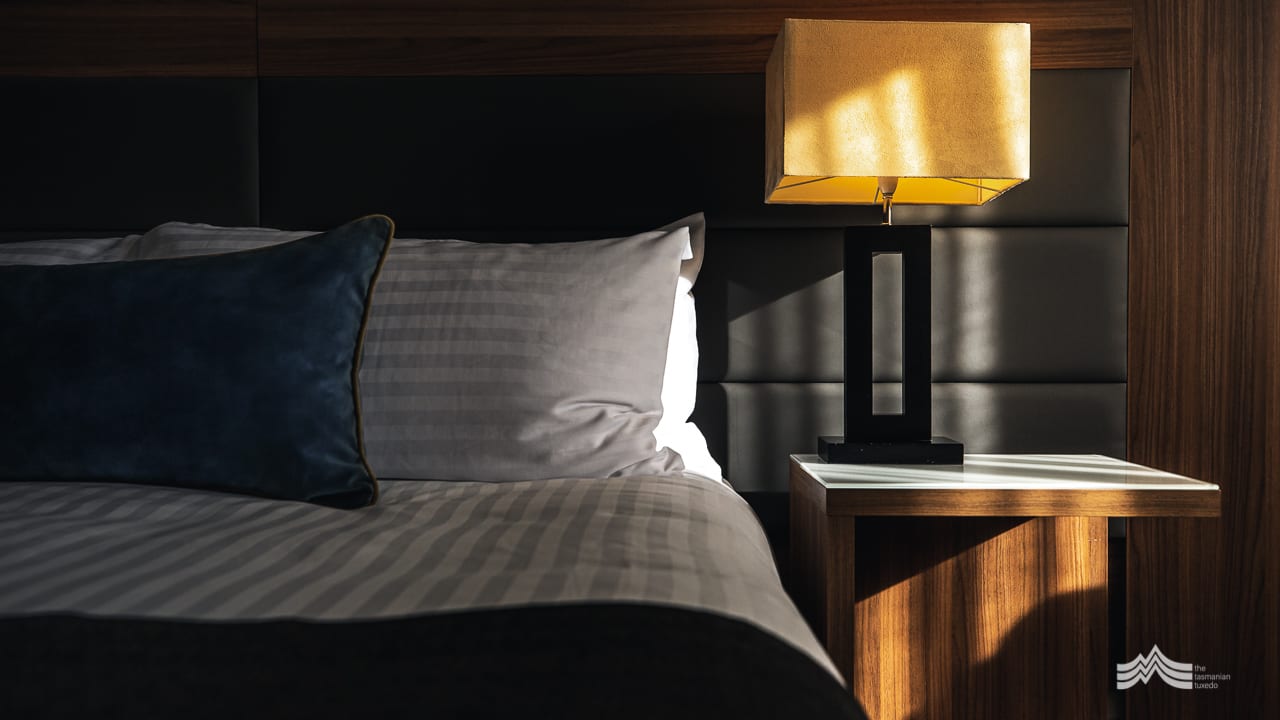
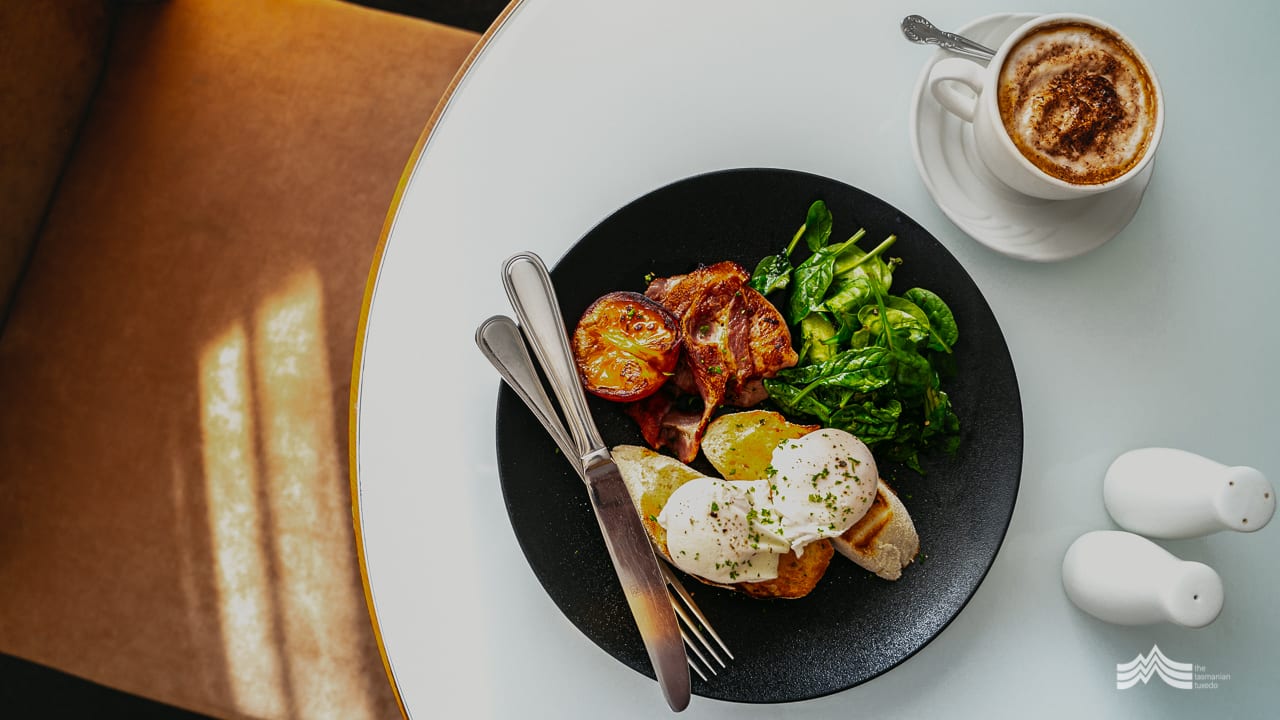
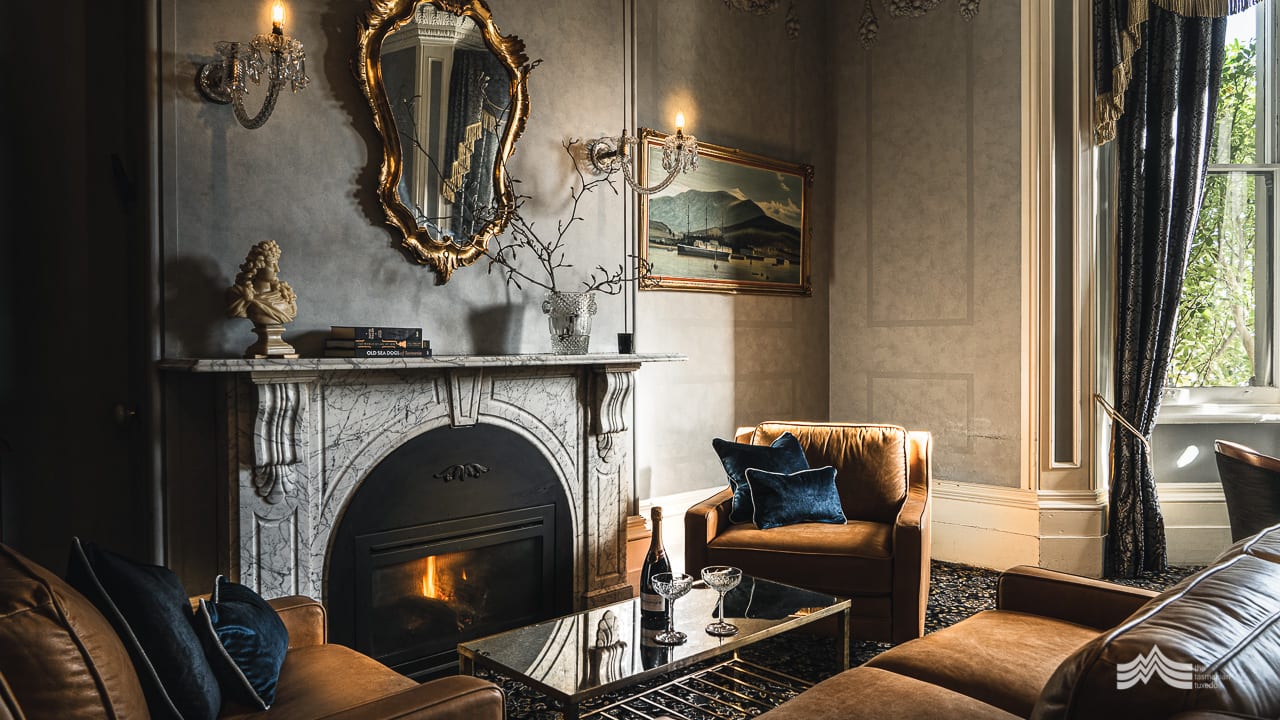
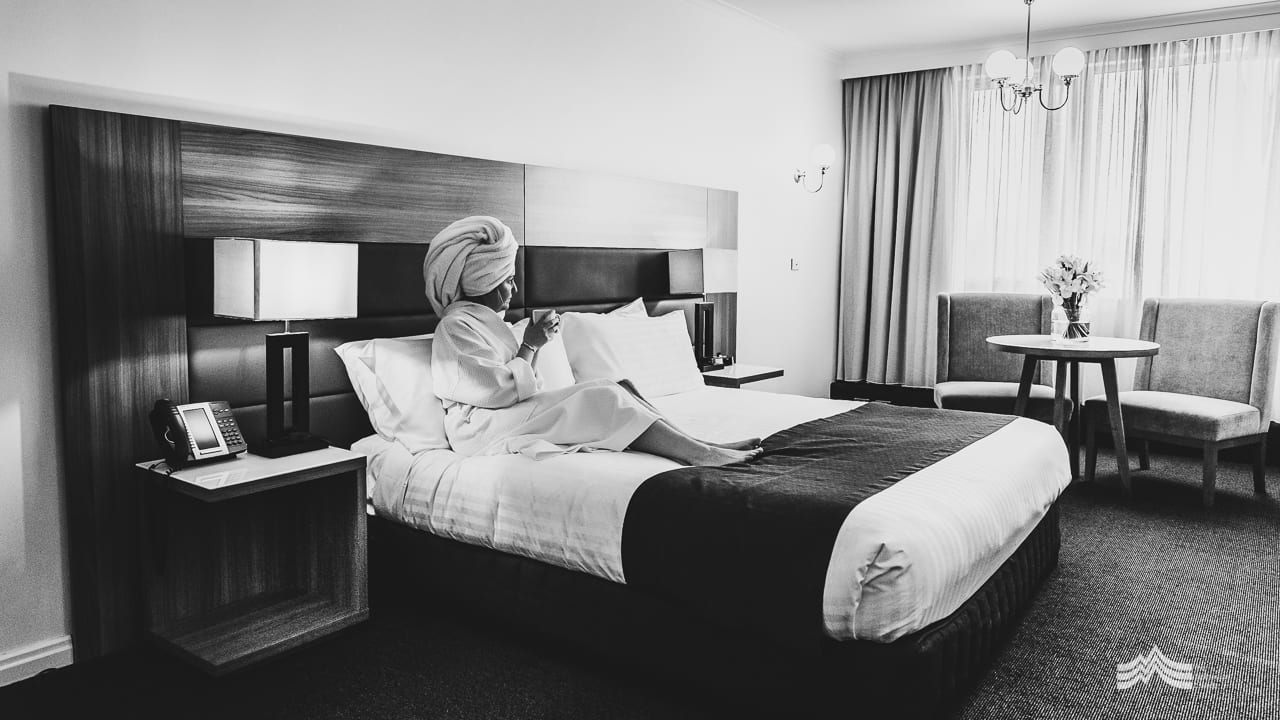
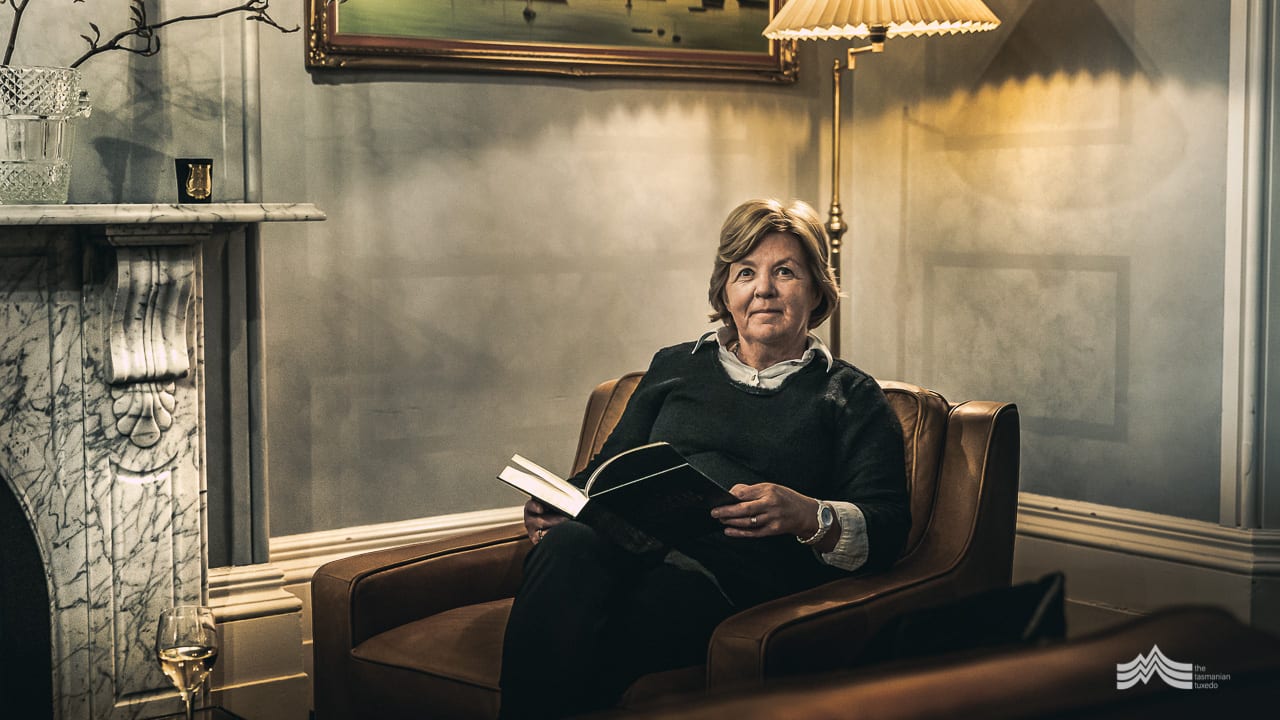
Continue the Lenna story via the website, Facebook or Instagram. It’s best enjoyed with a tipple of House of Lenna gin.
References
Lenna of Hobart – A walk through Lenna’s past, available at www.lenna.com.au
